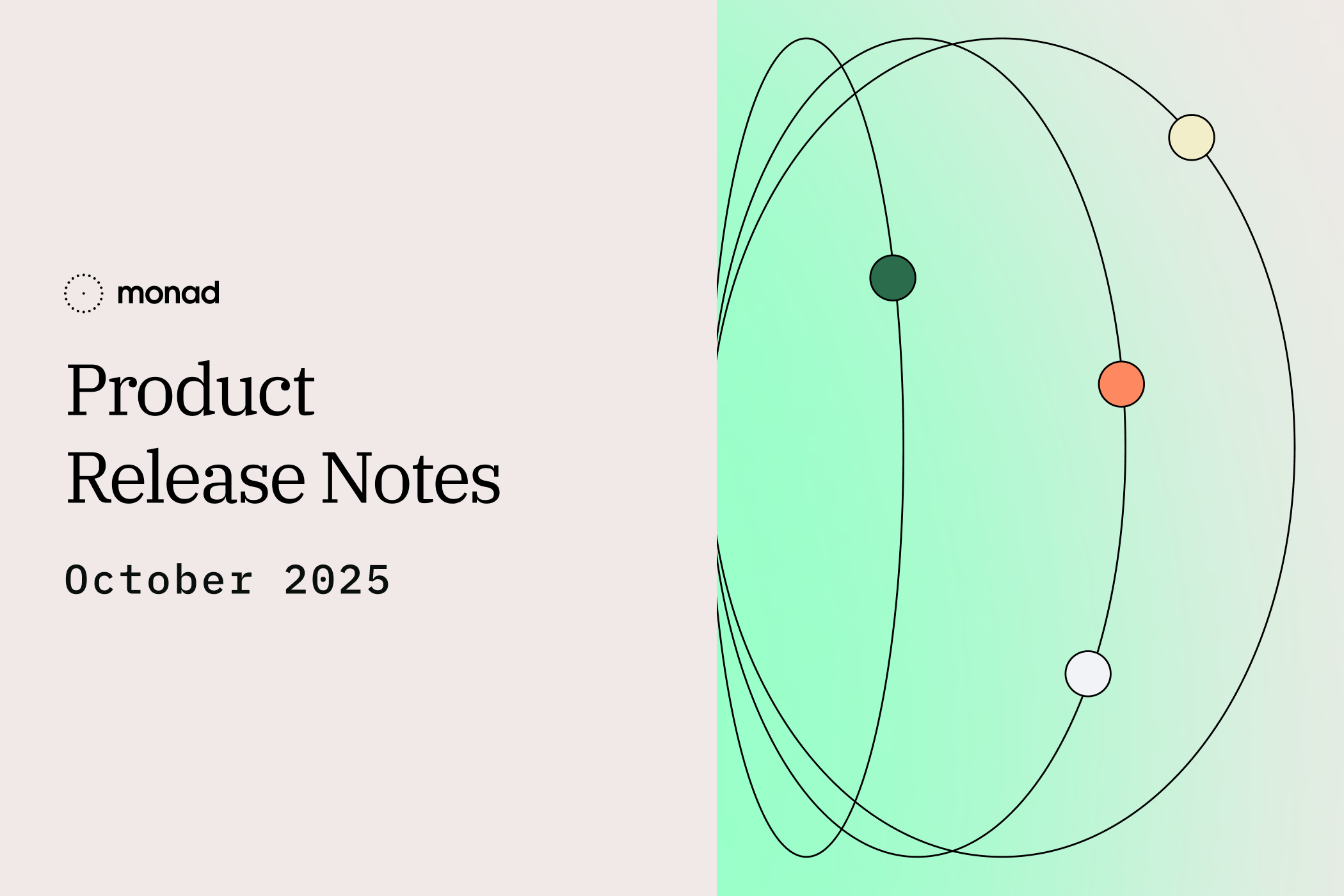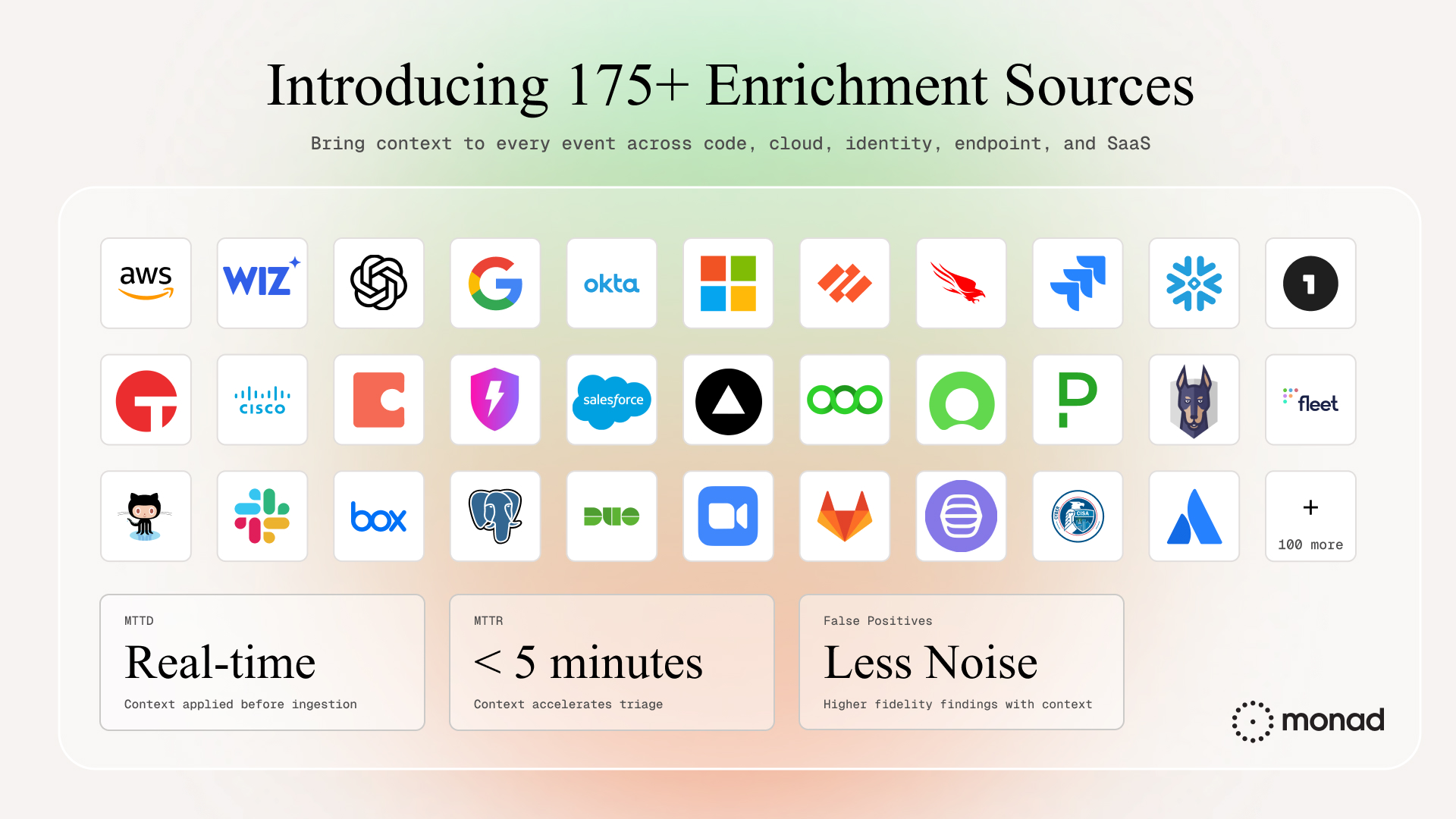June 2, 2022
Unify vulnerability data with Monad and Snowflake

Chances are, you have a boatload of vulnerability data sitting in different tools — whether it’s from automated scanners, human penetration testing, ticketing systems or unwieldy spreadsheets. With so many data silos, it is nearly impossible to efficiently prioritize and manage vulnerabilities, let alone understand your true cybersecurity posture.
Industries have already tackled the data silo problem to some extent thanks to data warehouses, the security industry has lagged behind. It’s a very segmented industry; security tools today are not designed to work together. It’s time we caught up.
We’ve recently partnered with Snowflake. Why? Snowflake has pioneered the trend of unifying disparate data sources in other areas such as sales, marketing and HR. And they have already set their sights on disrupting the security space and transforming it into a data-driven security world.
Visibility is the first step — getting all the cybersecurity data to a single place to get a complete view versus trying to generate reports by hand all the time. Only then can we understand the key areas you need to address and see results.
Along with visibility, you need flexibility. Your security environment is unique to you. While many security tools claim they can produce actionable insights, they’re not doing it across the enterprise. It’s not tailored to your specific needs and your specific security stack.
What’s needed — and what we envision — is a cybersecurity data lake with a unified security data layer. In this scenario, all your security data is available, accessible and usable on demand — regardless of where or how it was generated. That is, it has been de-duplicated, normalized, aggregated and enriched to provide the context you need to take action, mitigate risk and improve your security profile.
That’s where Monad comes in.
Monad processes all of your vulnerability and environment data into a common, open data model called MoM (Monad Object Model).
Using Monad, your once-disparate data becomes readily accessible and actionable via standard SQL queries through Snowflake. Using this single source of truth, your data can be integrated with ticketing and workflow management systems, visualization tools and more.
As Omer Singer, Head of Cybersecurity Strategy at Snowflake recently wrote in his blog, “I expect that security data lakes will increasingly support posture management, asset inventory, identity and access, appsec, and more. Far beyond what SIEM covers, the typical security data lake will drive all of these use cases from a single source of truth in the cloud data platform.”
With the combination of Monad and Snowflake, you gain:
- A centralized security data layer
- One-click integrations to load data from your security and enrichment tools into Snowflake
- A unified security data model (MoM) that is extensible and allows for custom integrations
- A centralized location to monitor your data integrations’ health
- Engineering efficiency: Save countless engineering hours required for ETL/ELT work
- The ability to triage vulnerabilities more effectively thanks to integrations like Jira, GitHub etc.
For help getting started with Monad and Snowflake, shoot us an email at hello (at) monad.com
Related content



Darwin Salazar
|
October 30, 2025
.png)
